By Grant Wright
At (W)right On, we’re frequently asked to become engaged in community affairs of some sort – support a political cause, gauge the pulse of an issue, contribute to a worthwhile endeavor – and in as balanced of a way as we can, we often say yes.
We’ve supported at-risk youth; senior Olympics; domestic violence prevention; independent living for disabled adults; cancer prevention; youth sports programs; student academic scholarships; hospital programs; and more. Additionally, team members engage individually in support of men’s health issues, high school and college student mentoring, and a number of worthwhile causes.
Unless you live under a rock, community involvement matters… to a degree. There will always be more to be done than time or resource allows, so ‘everything in moderation’ is probably apt here. So what are considerations as you think about why and how to engage in your community?
Benefits
- Community engagement is often smart business. It expands your brand, is a source of intelligence, fosters teamwork and enhances morale, and provides your organization a higher sense of purpose.
- It makes a difference – to the community and sphere that is your influence. A simple effort or gift of timely wisdom can literally change someone’s life in far more profound ways than the effort or thought needed.
- It feels good – doing the right thing always does, and in that it contributes to improving the community in which you live, it comes right back to you.
- It provides a sense of purpose and direction.
- It sets an example for others – your engagement can have a multiplier effect.
- It’s fun – Involvement in the community expands your circle of relationships and can often serve as stress relief.
Potential Pitfalls
- Community involvement can overwhelm or be extremely time consuming. It may be worthwhile to begin with something simple and consider additional support from there with better insight.
- It can just be more work, busywork or misdirected – it is important to have reasonable understanding and expectation of the benefit you’ll be causing.
- It can take time from professional and family growth – there are only 24 hours in a day for all of us, and if engagement involves some sort of financial assistance it’s important this is done in a balanced way with all the demands upon your time and resources.
At (W)right On, we take great pride in all of our community involvement endeavors. It’s the right thing to do and it’s smart business. Plus, at its core, good communications is all about creating connections and building communities. But especially as we begin to approach the “giving season,” it’s important to consider the size and scope of your community involvement.
What are some of your favorite ways to get involved in the community? Let us know in the comments.
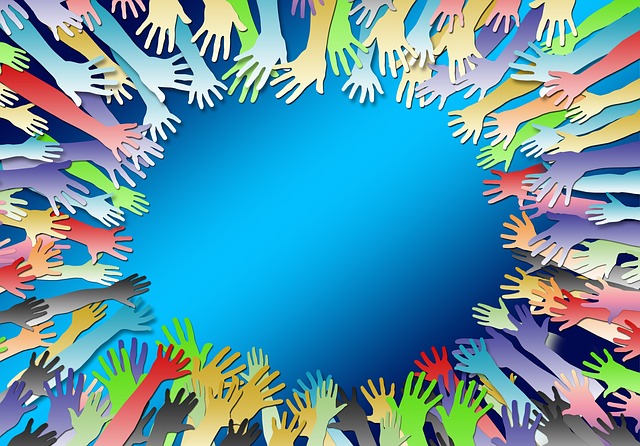

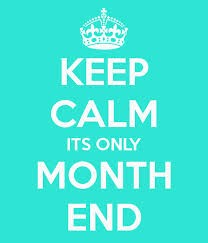
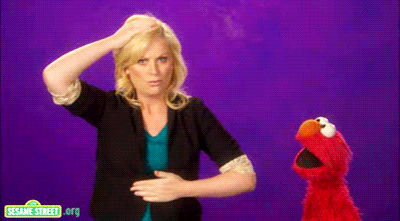
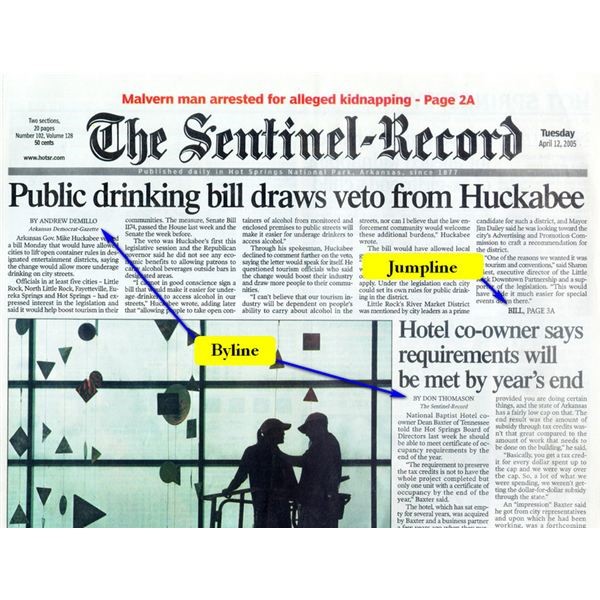
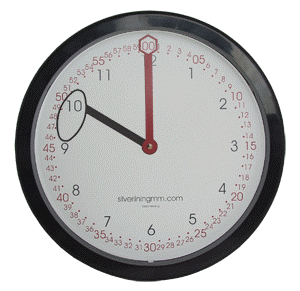
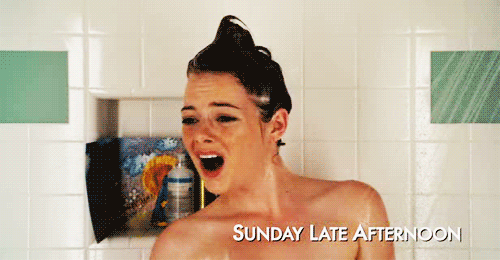
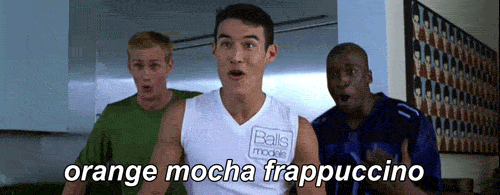
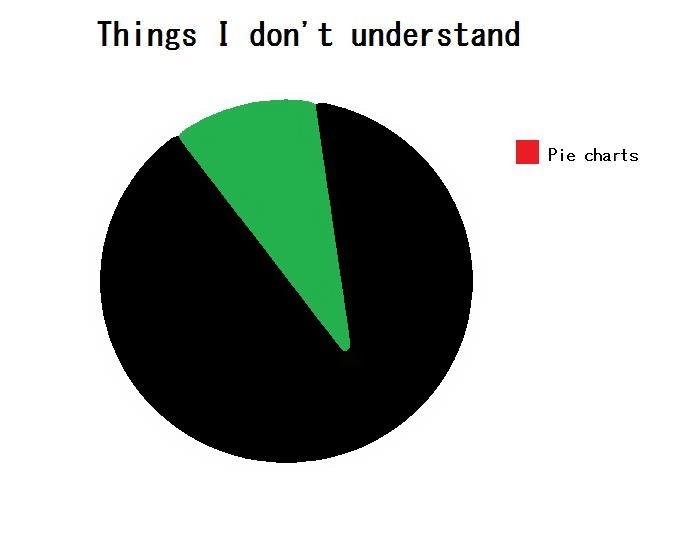

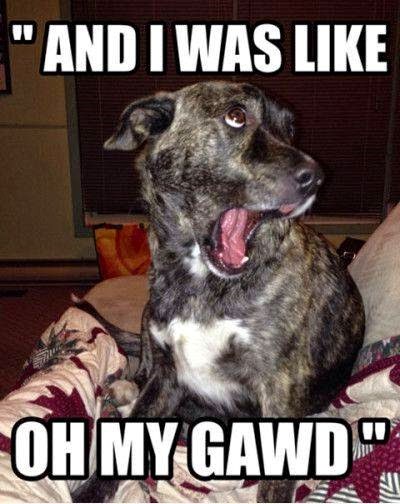

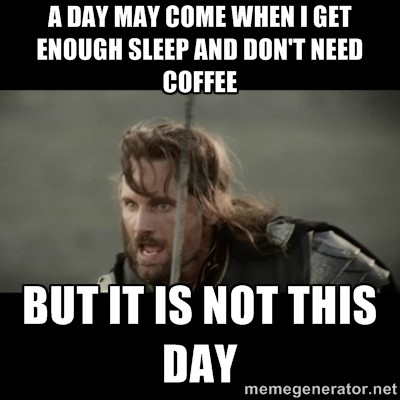
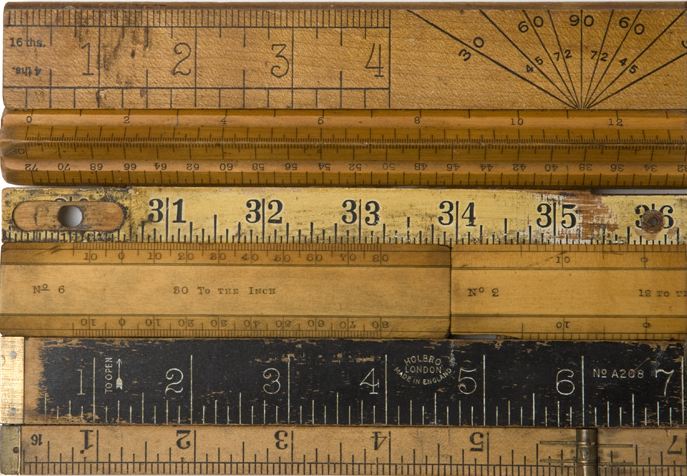
 the return-on-investment (ROI) in PR is a seemingly herculean task. I hate to say it, but marketing directors and PR folks seem conflicted on measurement. Some are (still) using the antiquated
the return-on-investment (ROI) in PR is a seemingly herculean task. I hate to say it, but marketing directors and PR folks seem conflicted on measurement. Some are (still) using the antiquated 

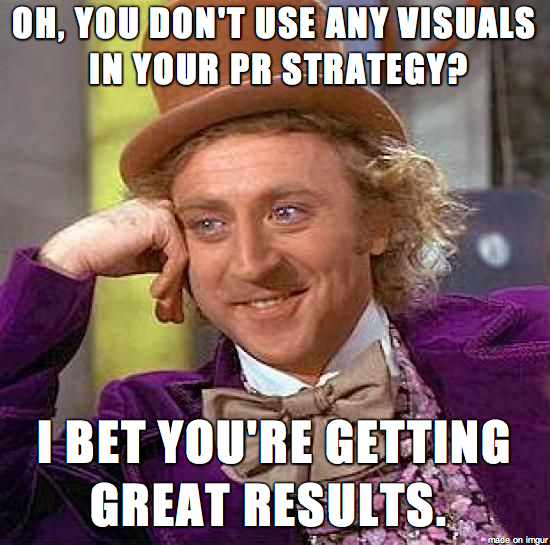
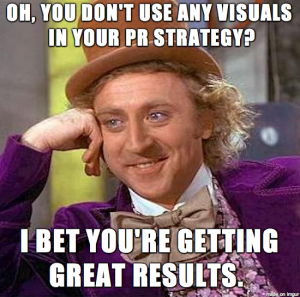
 Pinterest is especially great since a pin can link directly back to a website. If you pin a PDF of your fresh press release and put some compelling preview text in the description, your audience will not only want to read that particular release, they’ll be taken to your news room, blog, etc. and likely read many more. And check out your team. And explore your website.
Pinterest is especially great since a pin can link directly back to a website. If you pin a PDF of your fresh press release and put some compelling preview text in the description, your audience will not only want to read that particular release, they’ll be taken to your news room, blog, etc. and likely read many more. And check out your team. And explore your website. Instagram isn’t to be forgotten, though. Although it lacks the referral power Pinterest has (at least for now), it’s a great vehicle for furthering community relations efforts or raising awareness of your brand offerings.
Instagram isn’t to be forgotten, though. Although it lacks the referral power Pinterest has (at least for now), it’s a great vehicle for furthering community relations efforts or raising awareness of your brand offerings. into play.
into play.
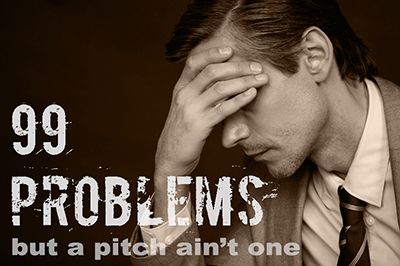




 Grant Wright
Grant Wright





 Corie Fiebiger
Corie Fiebiger
 Shae Geary
Shae Geary Roman Lukjanenko
Roman Lukjanenko Phelan Riessen
Phelan Riessen Katrina Early
Katrina Early Hamish Marshall
Hamish Marshall